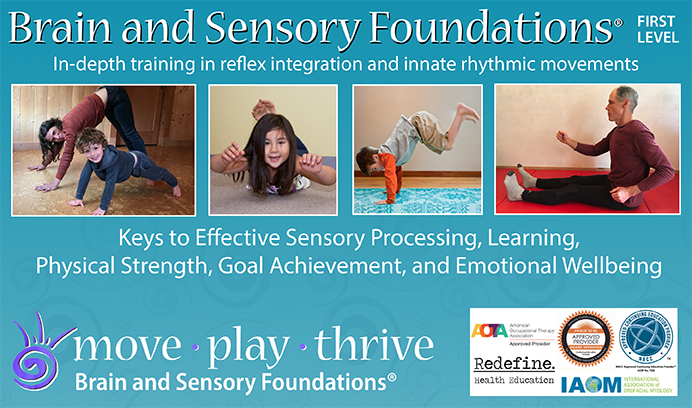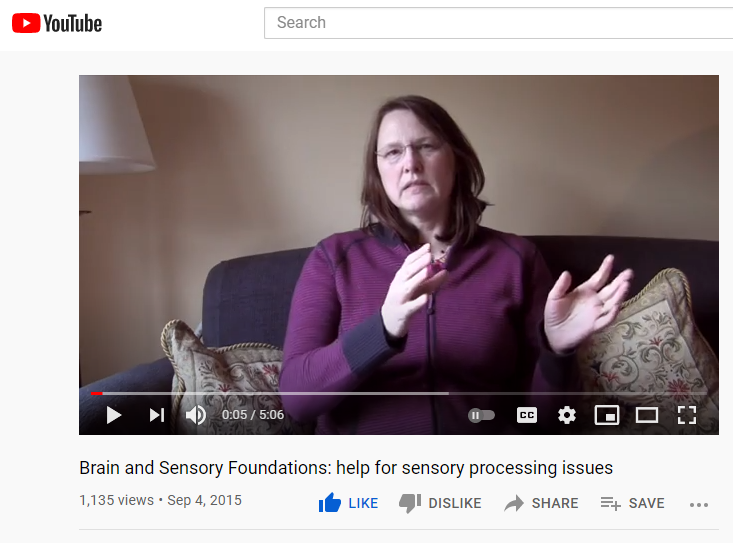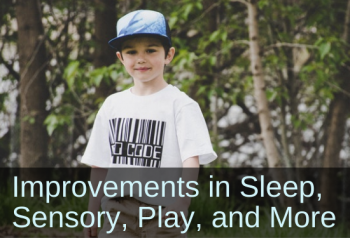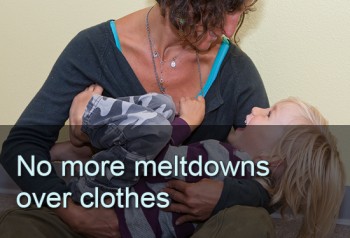For more information about innate movements, subscribe to our free monthly newsletter!
Greetings,
After years of working with children using innate rhythmic movements and reflexes, I took a course on primitive reflexes from the wonderful Mary Kawar, a veteran OT, well known for developing vestibular and sensory integration programs.
As she told us stories about the children she worked with, Mary Kawar said (paraphrased): "I have a very comprehensive vestibular program, and a very comprehensive sensory integration program. And these children are showing me they really need reflex integration." She recommended using innate rhythmic movements and reflex integration to help children overcome their challenges.
I was so thankful to hear this because it was exactly the conclusion I had come to after years of observation using these innate rhythmic movement and reflex tools. Many parents, OTs, PTs, educators, and colleagues I spoke with also confirmed what I was seeing.
Here is a similar revealing comment that one therapist wrote in her case studies:
"I have learned that all of the sensory processing activities in the world will not result in significant gains if there are gaps in [primitive] reflex integration."
Though we may learn about them separately, in reality, there is no way to separate the sensory system from the motor system. They work together in a wholistic way.
Innate rhythmic and reflex movements develop the sensory systems and vice versa--they are completely intertwined in development. As Dr. Blomberg taught, in order to have mature sensory processing, the primitive and postural reflexes must be integrated also.
In the Brain and Sensory Foundations course we learn more about why this is and how these innate movements provide the optimal foundation for sensory processing.
Like the therapist above, many parents and therapists find that they make the most progress with sensory integration--and so much more--when they focus on rhythmic movements and reflex integration as a first priority.
The most important thing to remember is: we can use these precious innate movements to develop the brain and sensory systems at any stage of life. The gift of these innate movements is a wonderful thing to celebrate together and I am deeply thankful you are here reading this.
See some inspiring examples here and pass this on to friends and family who can use this information!
With appreciation,
Sonia Story
|
When a sensory diet is not enough
This mom's journey with her son is likely to surprise you! |
|
4-Yr-Old Boy with ASD: Better Interoception, Speech, Reflexes and rhythmic movements improve interoception |
|
Big Changes in 4 Weeks!
See how rhythmic movements and innate reflex integration |

Be empowered with the Brain and Sensory Foundations course
Train the Brain for Functional Gain!
Learn Innate Rhythmic and Reflex Movement
& Be a Powerful Force for Change


